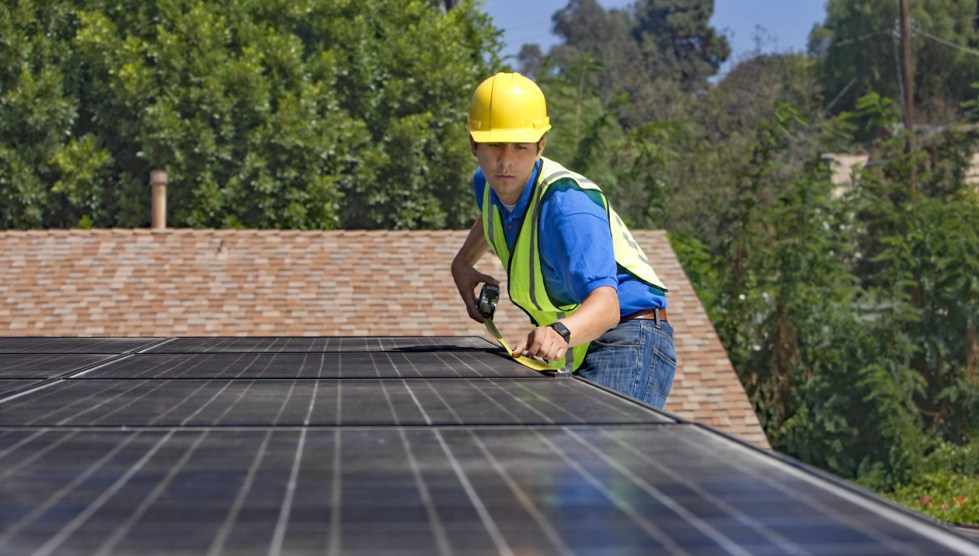
West Coast Surfer/DPA via ZUMA
As you may know, California has decided to make rooftop solar mandatory in all new houses starting in 2020. But you might not know this:
In addition to the solar mandate, the commission approved new insulation and air filter requirements for newly built homes. In all, the new residential requirements are expected to make a single-family house $9,500 more expensive to build on average, but save $19,000 in reduced utility bills over a 30-year period, according to the Energy Commission. Monthly mortgage payments should rise by an average of $40, but utility bills should fall by $80, a commission analysis says.
The $9,500 estimate you keep hearing about includes not just the solar panels, but also the new insulation and air filter stuff. And it’s all likely to make homes in California less expensive by the only metric that matters: monthly payments.
I don’t have a strong opinion about this mandate because I haven’t spent any time digging into it. Tentatively, I’d say that it sounds like a good idea even if it’s not the best idea ever. There’s no law that says we can’t have both rooftop solar and utility-scale solar, after all. We have lots of sunshine in California, so why not make use of it as broadly as we can?
Rooftop solar does present genuine issues for utilities, especially if it includes net metering (the ability to sell excess power back to the grid). Still, these issues aren’t insurmountable, and utilities generally protest too much. Solar and wind are the future until something better comes along, and I’m perfectly happy to live in a state that not only cares about climate change, but also has a powerful hedge against future increases in the price of gas and oil.

















